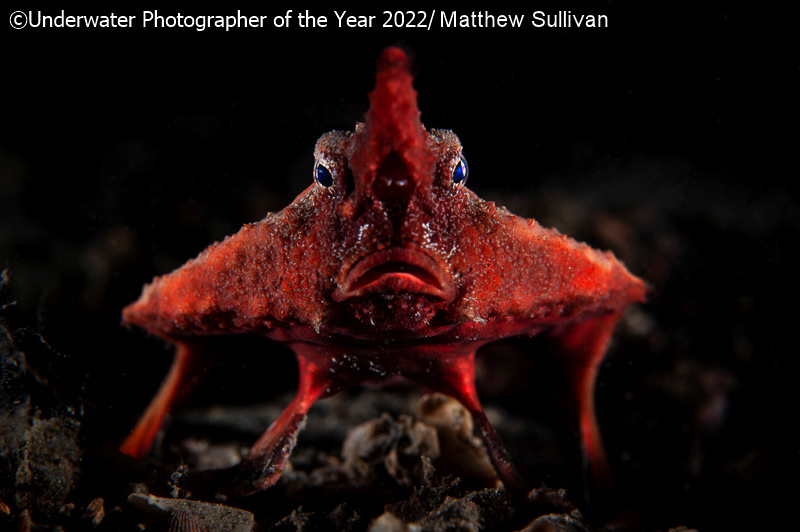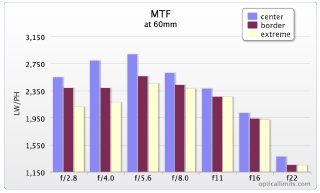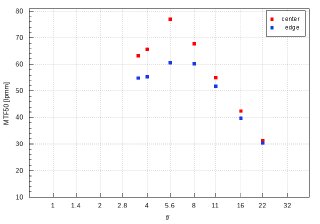
Sharing Life on Earth
In spite of decades of modern wildlife photography and a multitude of annual competitions, each new year produces vast crops of stunning and captivating photographs of the beautiful life and scenery on this planet.
Some of the most popular and reputed global competitions include:
Immense credit is due to the experienced judging panels for sorting thru thousands of submitted images, to decide which ones are truly ‘must see’ each year. Explorer/artists continually break new ground in the rich and deep ecosystem of underwater photography.
Is MFT award-worthy?
I recently had some conversations about how photography using recent ‘pro’-level micro four thirds (MFT) cameras fits into the realm of photography awards.
Modern MFT cameras from Olympus, OM System, Panasonic, Blackmagic Design, and others are very much professional level technology, on par with the top-of-the-line full-frame platforms.
While full-frame cameras excel in objective areas such as total light collection, absolute dynamic range, soft bokeh, and shallow depth of field, the quality and composition of a photograph taken with an MFT camera can match–or in some cases exceed–what is achieved with a full-frame setup.
This is particularly true in close/confined quarters and at super-macro ranges, where the reduced lens sizes, greater ‘reach’, a deeper DOF of the MFT platform excels with or without close-up lenses (which become merely optional!)
What wins?
Technical comparisons aside, the sheer variety of settings, photographers, experiences, styles, and high performance camera platforms should all but guarantee that striking (and winning) images come from many different camera platforms, including ‘crop sensor’ and MFT cameras, in addition to full-frame workhorses.
Is this true?
Well so far, with some isolated exceptions, “#1” awardees are typically submitting images collected specifically using large 35mm DSLR and mirrorless interchangeable lens (MIL) cameras.
Looking deeper into the results, there is respectable diversity in camera makes and models for awarded–or at least ‘commended’–images.
Here is a summary from UPY 2024 awardees (and honorable mentionees), based on the EXIF info that is graciously included in most of the image files published in the results online:
(Legend: Blue: full frame (FF), green: APS-C, orange: micro four thirds (MFT), pink/others: compacts. 'ILCE:' Sony mirrorless models, 'DSC-RX:' Sony 1-inch compacts.Nikon, Sony and Canon full-frame models dominate the results, though there appears to be strong representation from other platforms as well.
Is this due to the raw quality of photographs that full-frame cameras produce, combined with the expertise of the professionals behind them? Yes, probably so.
But what are minimum requirements for a stunning image?
A Stunning Image
What makes a wildlife photograph amazing? Chiefly it needs to be interesting, illustrating a subject and scene in a way that sparks imagination. It should capture this in a brilliant way that is somehow uniquely beautiful and compelling, compared to dozens, hundreds or thousands of potentially similar photographs.
Viewing the image should transport and immerse the viewer into the alternate world where the subject lives, and the special perspective from which the photo was taken. Context, behavior, and congruities matter. Colors should be harmonious, if not vivid. Lighting and exposure levels should create alluring depth, contrasts, and details.
Depth of field should sufficiently resolve things of particular interest in the frame, while perhaps downplaying others that might be distracting. The subject should be clear and sharp, with adequate definition to hold the viewers’ focus.
MFT Showcase
Here are some more highlighted photographs from recent competitions, which were taken on MFT cameras:



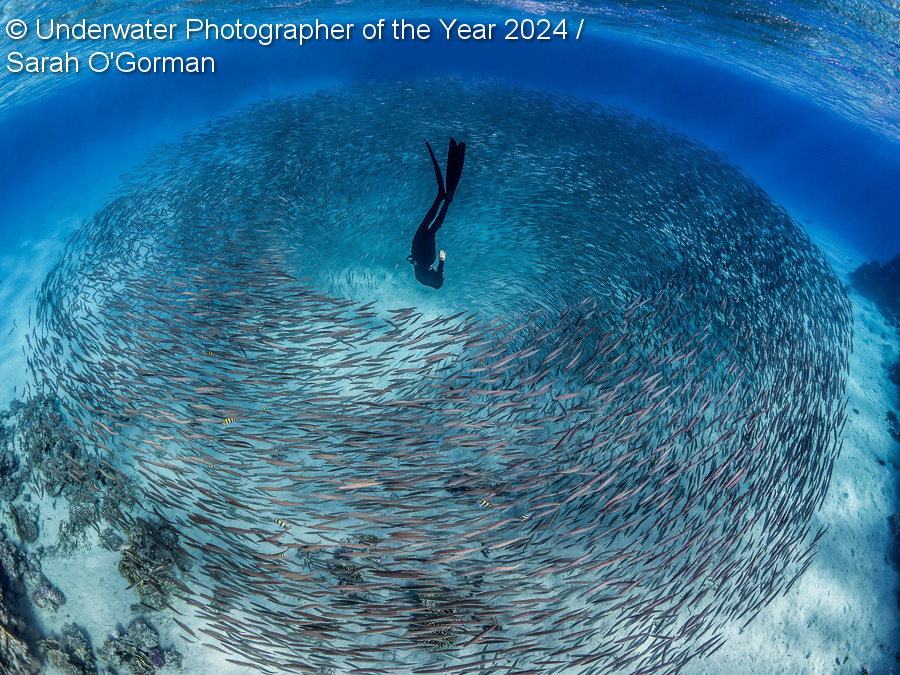

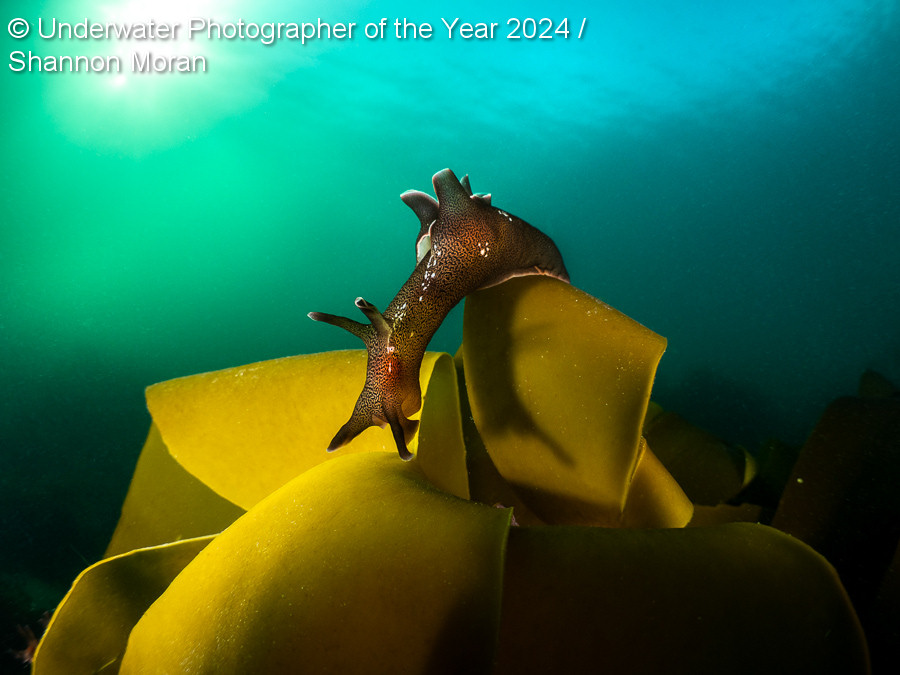
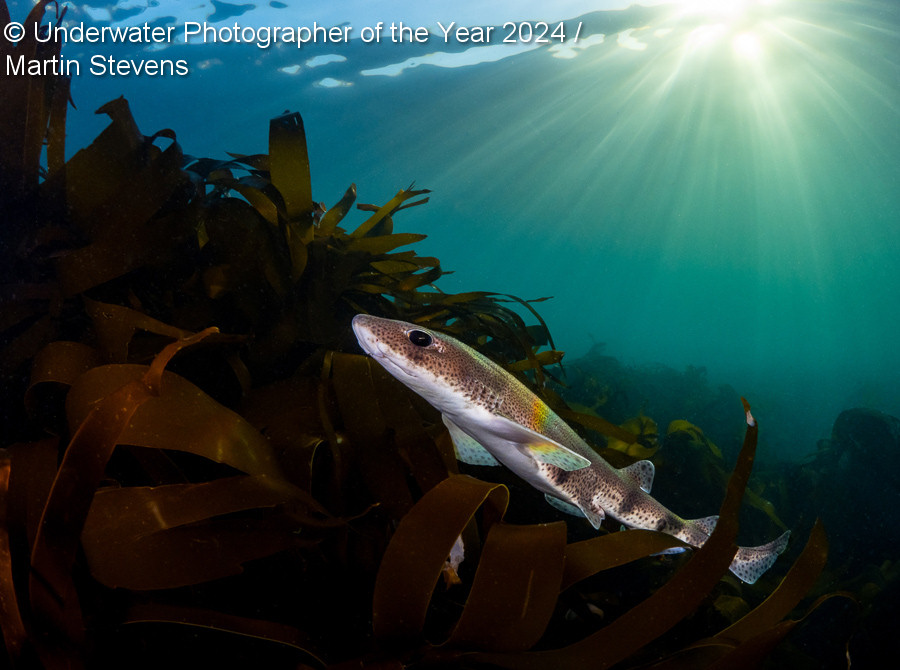
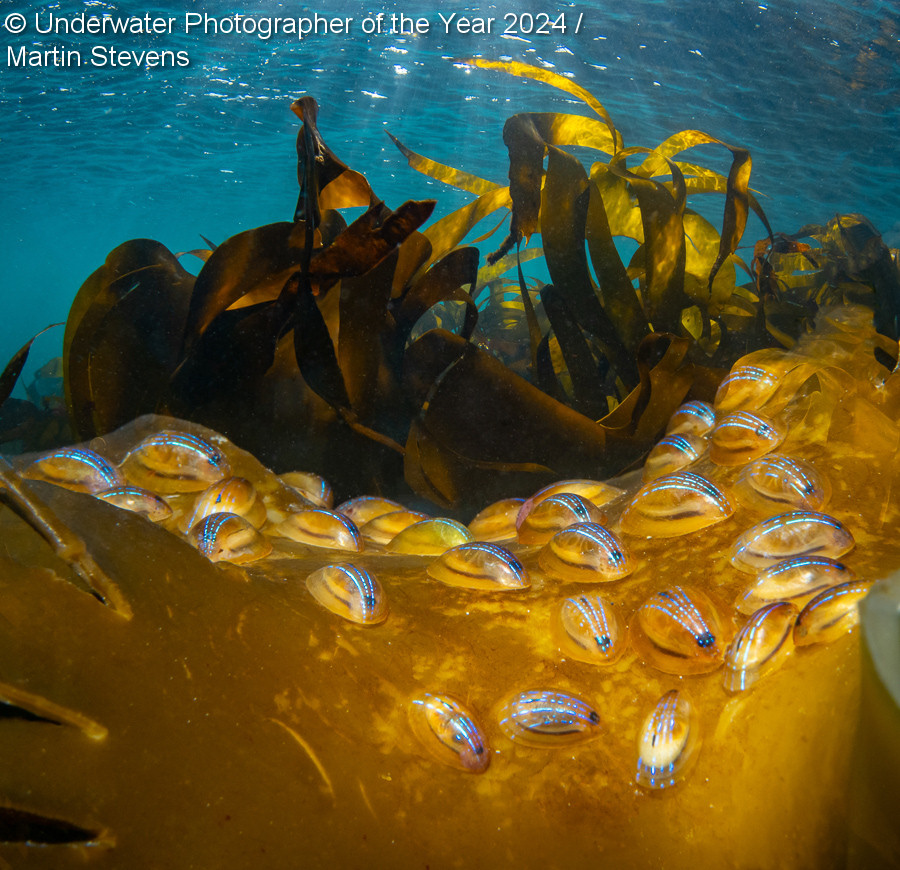
With the exception of the first image, none of the above photographs were carried beyond ‘honorable mention,’ ‘runner up,’ or ‘highly commended’ status, which might lead one to wonder if there is a ‘glass ceiling’ for MFT photography in competitions. Presumably, there were technical and aesthetic reasons why the images coming from other camera formats were superior, and somehow more compelling and captivating. The results are public for us to learn from.
A great volume of additional high quality new results from MFT, crop, and 1" sensors wow us daily on various distributed media channels lately, many of which have not been submitted or selected for awards (yet?)
MFT in competitions
For now, it seems that MFT images are seldom the overall top winners, or even in the top three places in any category in large competitions.
The reasons for this may well be objective (quality and aesthetics etc). They may also be due to a relative scarcity of serious amateurs and top professionals using crop or MFT cameras and submitting those images to competitions. For the foreseeable future, the world’s most skilled and traveled photographers all tend to rely on full-frame cameras.
But is there a ‘glass ceiling’ for non-full-frame submissions? Could judges, who have sworn by full-frame cameras for decades, subconsciously or openly hesitate to fully stand behind ‘winner’ ratings for images taken with ‘just’ a crop or MFT camera? It is imaginable, but surely this is far from a primary criteria by which images are ranked.
In the case of certain images, such as the winning photo by Kuo-Wei Kao at the top of this article, the quality, clarity and near-perfect merits of some lowly MFT images are so powerful that a win (or at least a top 3) is earned. [Note that UPY 2023 also ‘commended’ this photograph, amongst a collection of epic and exotic submissions.]
Technically…
What objective qualities might limit the competitiveness of images taken with MFT cameras?
Megapixels?
Are 45 or 60 megapixels ideal for award-winning photography? I think we can safely say this is not a requirement, as evidenced by recent award-winning photographs that were collected on cameras with as few as ~12 MP.
Note that a comment mentions a ’tighter crop’ for a possibly higher ranking, but the subject already mostly fills the vertical dimension. I would say that the photographer did a fine job of filling the ~12 MP frame, and not wasting too many of those huge and 8.4µm sensor pixels showcasing the noiseless background.
The human eye is typically estimated to see up to ~170 dots per inch (DPI) of detail at a typical viewing distance for smaller printed photographs (or large monitors).
A 4K (3840 x 2160 pixels) 27" monitor viewed at a desk shows about ~160 DPI, which is near this limit, at only about ~8 megapixels!
Provided other objective merits, a 20+ megapixel image resolution is sufficient for small to medium professional prints–and awards–or even much larger print or screen formats viewed at distances than ~1 metre.
All modern MFT cameras meet or exceed this requirement, as did earlier award-winning full-frame cameras of yesteryear with ‘only’ 10-20 MP.
Light Collection
Much reverence is given to full-frame sensor cameras due to the collection of more total light, regardless of how many megapixels are collecting it. Increased light collection promises better dynamic range, color depth and exposure throughout the frame, particularly for scenes with areas that are not well-lit. Lower-megapixel full-frame sensors ostensibly offer the highest signal-to-noise ratio; new high-megapixel versions might promise to achieve something comparable through intelligent near-neighbor subsampling or onboard ‘AI.’ (Or is that already ‘image modification?’)
The dynamic range of MFT, crop and compact sensors needs to be carefully considered, as they might well be reduced versus top of the line full frame cameras. This likely needs to be continually assessed and reviewed frequently depending on lighting and scene conditions, as there could be less leeway in post-processing for the correction of suboptimal lighting, color or exposure.
For well-lit scenes, the concern decreases. A well-designed modern ‘crop’ (or MFT) sensor pixel can accurately resolve range, color and exposure for adequately lit details, and encode this information into the same 14 bits of color depth (RAW standard) that is used on the top full-frame cameras.
Diffraction
Photographs imaged through small apertures can suffer from loss of clarity and sharpness due to diffraction. This compounded with light loss, slower shutters, and reduced dynamic ranges could easily result in suboptimal quality images on crop, MFT and compact sensors. Tests seem to indicate that most MFT lenses should be kept below about ~f/8 in order to maintain adequate resolution and sensor illumination, even for top lenses. Images at f16 can seem perfectly usable for smaller viewing contexts like handphones, laptops, small prints, and social media, leading to a tempting habit of sacrificing absolute subject quality for greater scene detail.
This does not only affect MFT and smaller-sensor cameras; diffraction is an unavoidable physical phenomenon for all lenses, including those for full-frame cameras. But it is certainly an important consideration when trying to impress on smaller formats.
Depth of Field
If you need maximum background softness and bokeh to isolate a subject, then huge lenses with gaping wide apertures on full-frame cameras are the ticket. This does often impress, and win competitions, based on that particular aesthetic. Clearly MFT resolves a bit too much of the scene, at similar f-numbers.
Conversely, if more of the scene is important, then for similar f-numbers, an MFT lens is an advantage for imaging details are greater depths and distances from the camera.
Conclusions
As of now, the underwater photography mediasphere is steeped in stunning photographs taken from all manner of camera platforms, from full-frame ‘pro’ rigs all the way down to handphones.
Modern photography competitions are highly inclusive, with deeply stacked categories now open to even novice or ‘compact’ format photographers. Several images are now awarded in each of several subcategories, with increasingly broad participation, audience and exposure.
More important than platform is subject, context, composition, clarity, colors, focus, uniqueness, behavior, rarity, and general aesthetics. This includes a wide array of very impressive and competitive MFT images, which do rate in some of the most popular and esteemed international photography competitions.
Whether or when more MFT photographs win alongside (or above) leading full-frame submissions will depend on many things–not the least of which will be the experience, skill, dedication, inspiration, and good fortune of the photographer.


